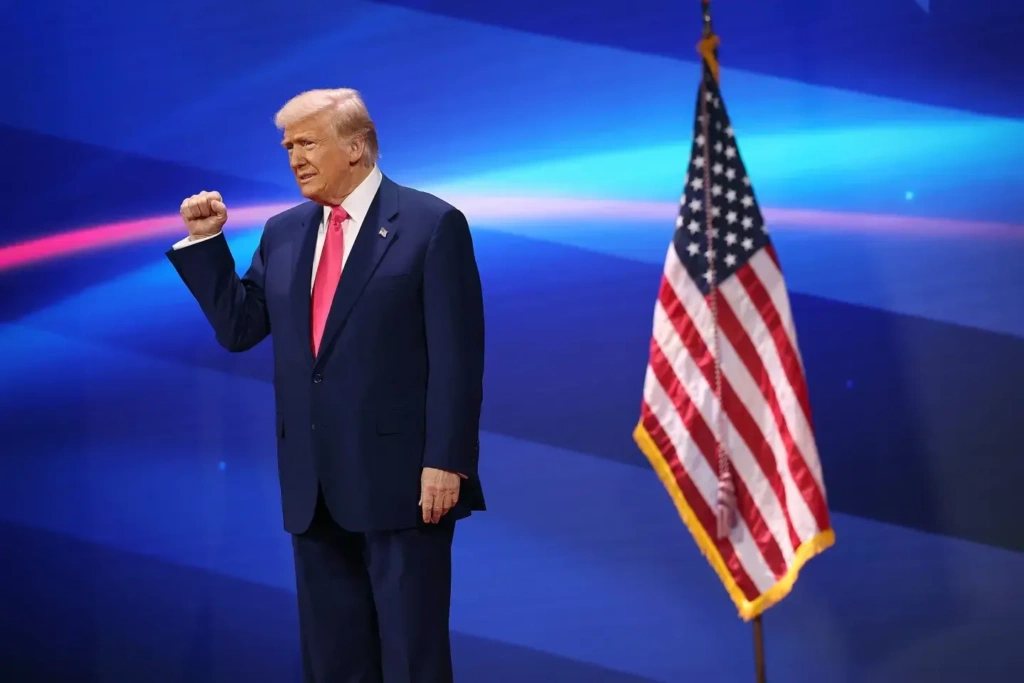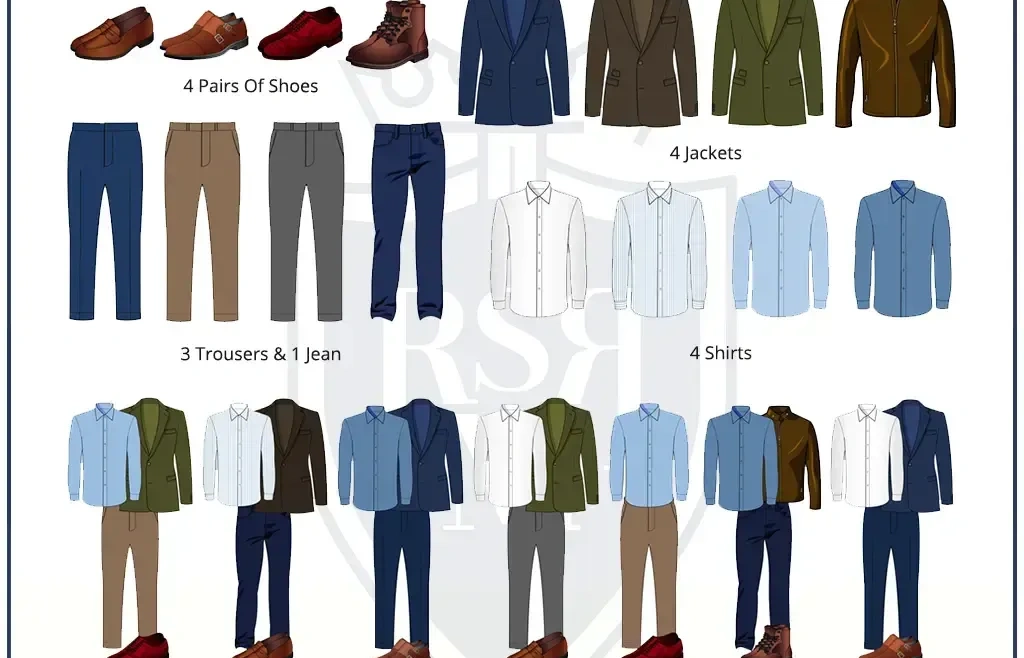By age 40, many men’s wardrobes reach a point of inertia—a sartorial plateau where the same rotation of clothes persists ad infinitum. While icons like Albert Einstein, Steve Jobs, and Mark Zuckerberg championed the “uniform dressing” philosophy to streamline decision-making, their approach has been misappropriated as an excuse for stylistic complacency. The result? A sea of monotony, where oversized navy suits, rotationless polo-and-chino combos, and uninspired athleisure dominate.

The Uniformity Trap
Call it decision fatigue, stylistic stagnation, or simply a lack of curiosity—many men default to a cyclical wardrobe, reordering the same pieces without evolution. The convenience of e-commerce exacerbates this, enabling endless repurchases of the same trainers, Oxford shirts, and unstructured blazers with minimal thought. Historically, bespoke tailors and shirtmakers maintained clients’ measurements to reproduce trusted staples, but today’s one-click culture has stripped even that intentionality from the process.

Fragrance habits follow suit. Many men remain loyal to the same aftershave their fathers wore, clinging to the notion of a “signature scent”—a concept fragrance expert Marian Bendeth notes is now largely the domain of Boomers and Gen X.
The Psychology Behind the Rut
Lisa Gillbe, personal stylist and host of The Style Stories podcast, identifies a key psychological divide: “Men often view clothing as purely functional, whereas women see it as self-expression.” This utilitarian mindset, coupled with an aversion to shopping, fosters inertia.
But style stagnation carries risks. That Fred Perry polo, once emblematic of Mod culture, now carries unintended connotations. The Barbour jacket, once a countryside staple, may now signal political affiliations. Even the baker boy cap—once rakish—now veers into Peaky Blinders cosplay.
How to Elevate Without Overwhelm
Nick Hems, a men’s personal stylist, advises a methodical refresh:
- Audit ruthlessly. Empty your wardrobe and assess each piece for fit, relevance, and versatility.
- Identify gaps. Most men’s wardrobes suffer from limited footwear (one dress shoe, one trainer, one hybrid abomination) and outerwear (the same decade-old puffer).
- Seek inspiration. Platforms like Pinterest or street-style observations can spark ideas. “Complimenting a stranger’s jacket often yields style insights,” Hems notes.
- Introduce color strategically. Transitioning from navy and black to olive, burgundy, or autumnal tones softens the shift.
- Layer intelligently. An overshirt or textured knit adds dimension to a basic tee-and-jeans formula.
- Experiment with materials. Swap a cotton blazer for a linen or corduroy iteration. Accessorize with a leather crossbody instead of a gym backpack.

The Path Forward
The goal isn’t trend-chasing but intentional evolution. Over-order online, try at home, and return rejects. With curated effort, even the most entrenched wardrobe can transcend its rut—ushering its wearer into the sartorial sunlight.
The message is clear: Efficiency needn’t equate to aesthetic inertia. It’s time to rethink repetition.

